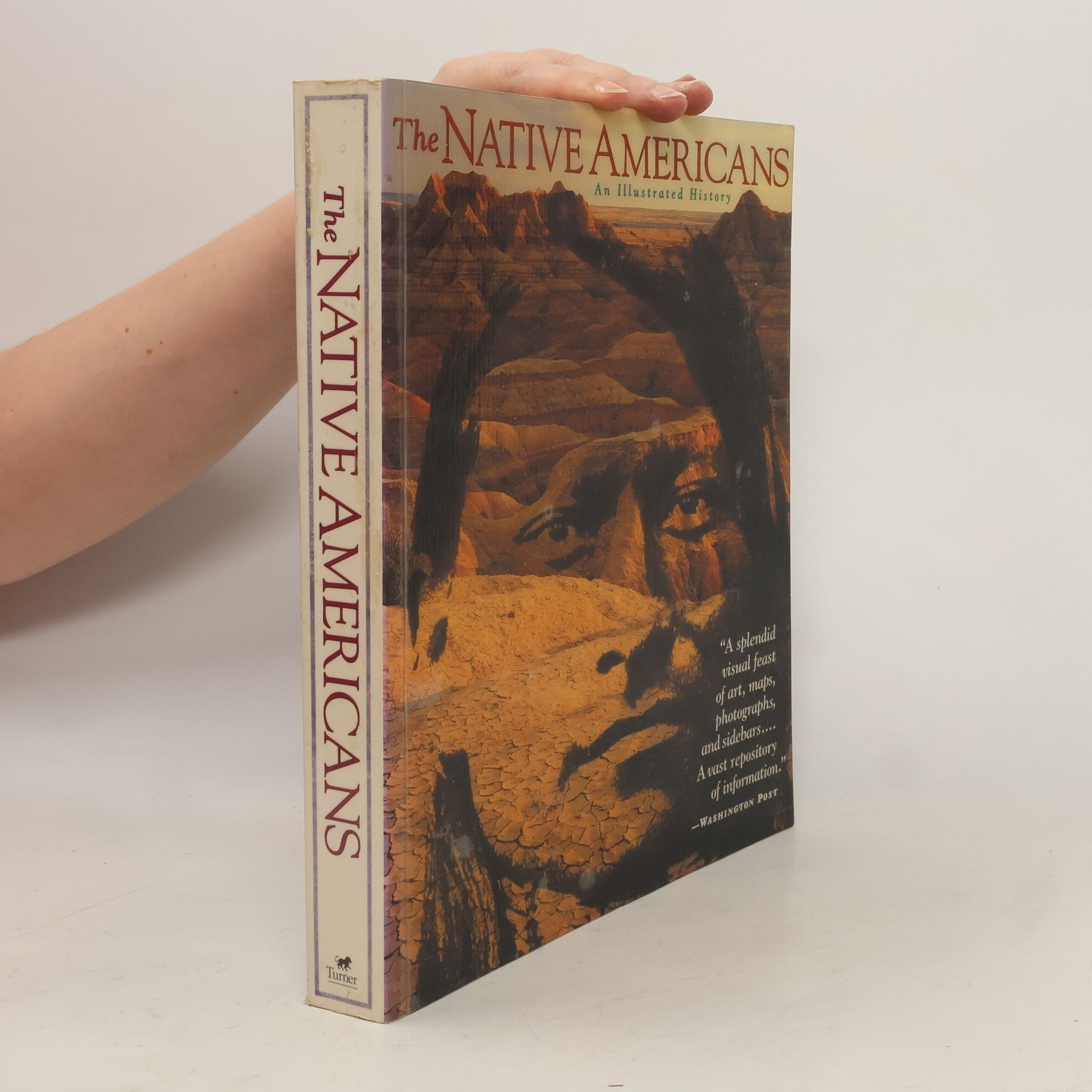Native American Testimony
A Chronicle of Indian-White Relations from Prophecy to the Present, 1492-2000
- 528 Seiten
- 19 Lesestunden
This classic collection offers a comprehensive overview of over 500 years of Native American history, highlighting the diverse cultures, struggles, and contributions of Indigenous peoples. The author delves into significant events and themes that have shaped Native American experiences, providing readers with a rich, nuanced understanding of their history and heritage. Through meticulous research and engaging storytelling, the book serves as a vital resource for anyone interested in the complexities of Native American life and history.


